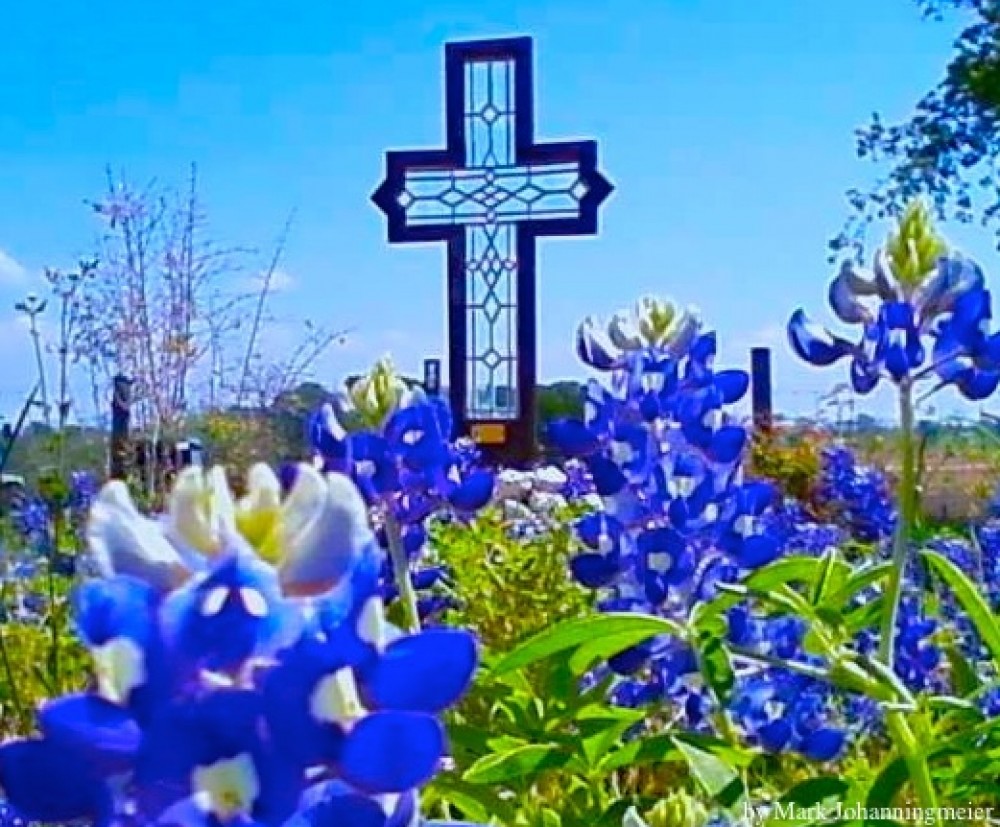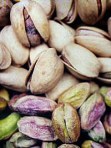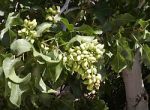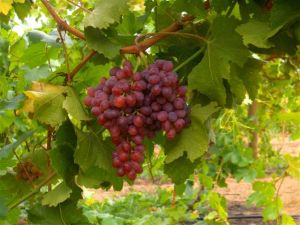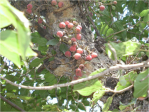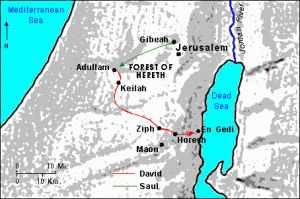The two synagogues in question are in Thessalonica (nuts) and Berea (fruit). Paul traveled to these synagogues during his second missionary trip. It is interesting that Paul did not write a letter to the Berean church (that we know of). Maybe they just continued to produce good fruit.
A Little History
Synagogues are a product of the Pharisees. They came into being during the inter-testament period, and play a major role, in the life of Jews, after the Temple’s destruction in 70 A.D. Acts 17:2 states that it was Paul’s custom to go to the synagogues first when entering a city. I take the habit to stem from the thought of Jew first and then the Gentile. Preaching to Gentiles was not a problem, as this is part of the mystery of the Kingdom. Part of the offerings during Pentecost were two loaves of bread made with yeast-one representing Jacob (natural children of Abraham) and the other Israel (spiritual children of Abraham).
Thessalonica
The stop in Thessalonica was the second in Macedonia, Philippi was the first. Paul, Silas, and Timothy were here over twenty-one days before being chased out of town and moving to Berea.
In 1 Thessalonians 1:5 and in 1 Corinthians 2:1-5, Paul said he taught Jesus as Christ and Him crucified, and had demonstrations of the power of the Holy Spirit-healings, signs and wonders, and the giving of the Holy Spirit with speaking in tongues. I believe he did this wherever he taught. His success in winning over converts made the Jews jealous.
The “nut” part comes from the accusation the Jews made before the city officials. Jews walked a fine line in the kingdom of Rome. They had to acknowledge Caesar as king but could pass on his worship as a god. So, the attack came from success, unbelief, and the fear of losing their pass on the worship of Caesar. Nuts have a hard shell. Metaphorically, this accounts for the attack on the missionaries in Berea. The Good News could not enter them. They also did not get to crack them the first time, so they followed them to Berea. Acts 17:6 is a very telling statement- “they have caused trouble all over the world”. You must wonder just how powerful the Way really was in the first century?
Berea
The Bereans may have been the ancient ancestors of the “Show Me State”. They received the message but studied every day to check on Paul’s teachings. Historical facts end, more or less, in verse 15. Silas and Timothy stayed on. Maybe they took oversight of that church. It would be possible that they picked elders, as Timothy did on another occasion. Everyone wants the “noble character” moniker, so many churches and movements adopted the name Berean in order to identify themselves.
The Two Churches
As we see in Scripture many times, God starts in the dark and takes us to the light. In a black moment, for Paul, Jesus took him to Berea. This dark moment started when the jealous ones started a riot in Thessalonica and had Paul’s followers beaten. 1 Thessalonians 2:1has Paul telling those believers the visit was “not a failure”. The church in Thessalonica was not a failure and produced and stayed productive for many years. Aristarchus and Secundus are part of that fruit (Acts 20:4 and 27:2).
Many scholars put 1 Thessalonians as the first Letter Paul wrote. 1 Thessalonians 3:1 makes you think they wrote it several months after the first visit while Paul was in Athens (Acts 17:16). So, 1 Thessalonians may be the best look at what Paul taught and preached to new believers when he entered a city. It contains elements of “faith, hope, and love” (1Cornithians), the beginning of the teaching on the “armor of God” (Ephesians), and what we call end-times teaching. 2 Thessalonians really does not have a timestamp in it, but it was probably at or after his stay in Ephesus.
Acts 17-20 may only span 4 chapters, but it covers several years. Acts 20 mentions a return visit to Macedonia, which would include Berea and Thessalonica, before he traveled to Jerusalem and his imprisonment.
How much Paul traveled is open for debate because, in Titus, he talks about wintering in Nicopolis. Why would you “winter” somewhere you have never been? Nicopolis is an area on the west side of Macedonia.
Thessalonica was still active at the writing of 2 Timothy because Demas deserted Paul and fled there.
Berea also produced the fruit of Sopater son of Pyrrhus, one of Paul’s students and traveling companions (Acts 20:4).
Two cities with two synagogues produced the fruit of two churches we still study today; unfortunately, some nuts were required to get things cracking.
